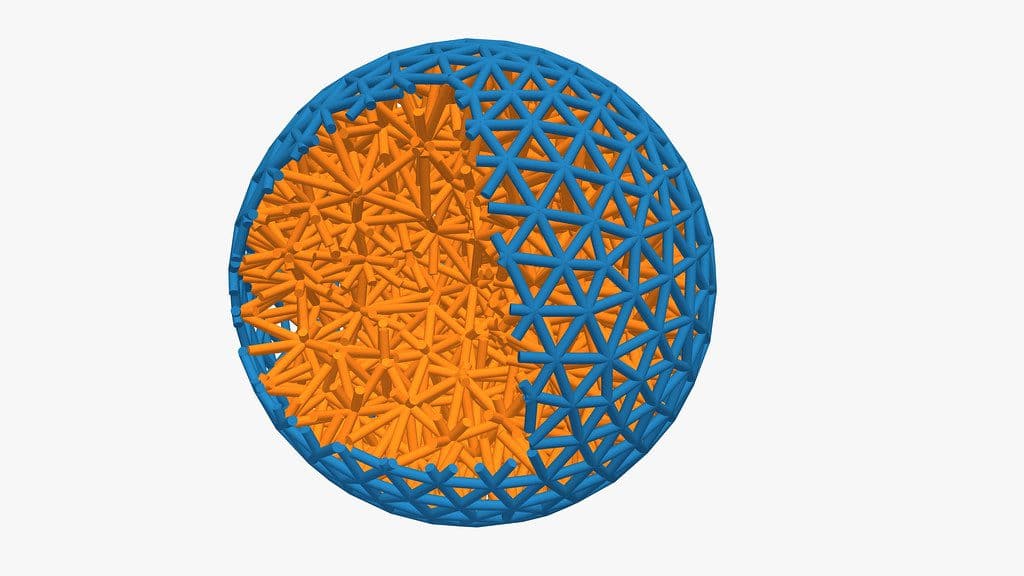UOB Scientists Presents a Way to Make Robots More Flexible in the Future
3 min. read
Published on
Read our disclosure page to find out how can you help MSPoweruser sustain the editorial team Read more


A new possibility in the robotic field is introduced in research led by the physicists at the University of Bath (UOB). According to said scientists, there is a way to coat soft robots in materials. UOB detailed that it would allow the creation of robot arms made of flexible materials, which would be powered by the robots embedded on the surface.
The research was tackled in Science Advances, and the scientists said that the new modeling of the active matter will make it possible to control the movement and shape of the soft solid through the human-controlled activity on its surface. The study needs additional development, but once it is ready, it is believed that it could start significant changes on how robots are being modeled nowadays.
“The surface of an ordinary soft material always shrinks into a sphere,” writes the UOB on its post. “Think of the way water beads into droplets: the beading occurs because the surface of liquids and other soft material naturally contracts into the smallest surface area possible – i.e. a sphere. But active matter can be designed to work against this tendency. An example of this in action would be a rubber ball that’s wrapped in a layer of nano-robots, where the robots are programmed to work in unison to distort the ball into a new, pre-determined shape (say, a star).”
The discovery is hoped to help new machine movements be controlled via the individual active units that work in unison. This is far from today’s machines, whose movements are determined by a central controller. The UOB compared it to a human’s biological tissues like heart muscle fibers.
“This study is an important proof of concept and has many useful implications,” corresponding author Dr. Anton Souslov said. “For instance, future technology could produce soft robots that are far squishier and better at picking up and manipulating delicate materials.”
UOB said that the research tests the idea about the liquid or soft solid surface energy cost of always being positive since a certain amount of energy is always needed to make a surface.
“Active matter makes us look at the familiar rules of nature – rules like the fact that surface tension has to be positive – in a new light,” Dr. Jack Binysh, study first author, said. “Seeing what happens if we break these rules, and how we can harness the results, is an exciting place to be doing research.”









User forum
0 messages